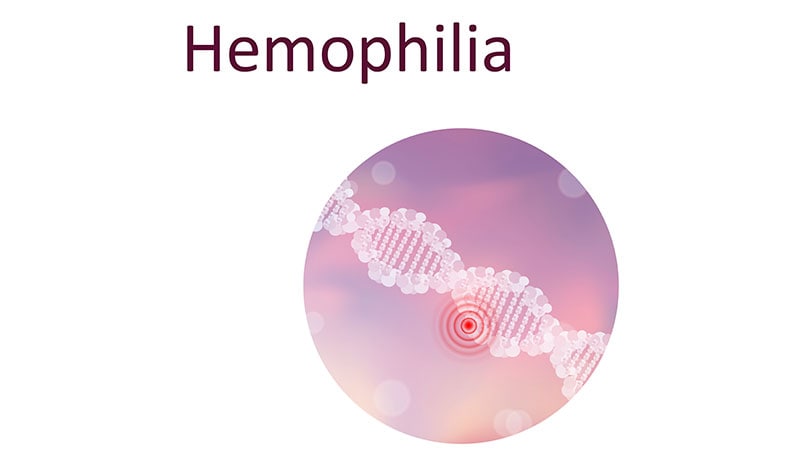Marstacimab (Hympavzi) Recommended for Approval in Europe for Treating Severe Hemophilia A and B
The European Medicines Agency's (EMA) Committee for Medicinal Products for Human Use (CHMP) has recommended the granting of marketing authorization for Hympavzi (marstacimab) to treat bleeding episodes in people aged 12 years or older with severe hemophilia A and B. The drug is now pending a final decision from the European Commission.
Hemophilia A and B are rare bleeding disorders caused by genetic mutations that lead to a lack of or complete absence of coagulation factor VIII or factor IX. The main symptom is bleeding that does not stop, which can manifest as easy bruising, long-lasting bleeding from wounds, and pain and stiffness around joints due to internal bleeding.
The active substance of Hympavzi is marstacimab, a human monoclonal antibody that inhibits the anticoagulation activity of tissue factor pathway inhibitor. This increases the availability of free factor Xa, which in turn increases thrombin generation and promotes hemostasis.
The CHMP's recommendation is based on results from a phase 3 clinical trial called BASIS, which evaluated the efficacy of Hympavzi in treating 116 male participants aged between 12 and 75 years with severe hemophilia A or moderate to severe hemophilia B. Compared to routine prophylaxis, treatment with marstacimab resulted in a 35% mean reduction in annualized bleeding rate (ABR) over 12 months. Compared to on-demand treatment, the drug reduced the ABR by 92%.
Hympavzi was generally well-tolerated, with the most common adverse events including COVID-19, hemorrhages, hepatic disorders, injection site reactions, hypersensitivity, and hypertension. No deaths occurred during treatment, although there was one treatment-related serious adverse event of peripheral swelling, and one patient discontinued the study due to a non-treatment-related severe adverse event.
Hympavzi will be available as a 150-mg solution for injection and is indicated for patients aged 12 years or older and weighing at least 35 kg with either severe hemophilia A without factor VIII inhibitors or severe hemophilia B without factor IX inhibitors.
Zusammenfassung anpassen
Mit KI umschreiben
Zitate generieren
Quelle übersetzen
In eine andere Sprache
Mindmap erstellen
aus dem Quellinhalt
Quelle besuchen
www.medscape.com
Hympavzi Recommended for Approval in Europe for Severe Hemophilia A, B
Wichtige Erkenntnisse aus
by Annie um www.medscape.com 09-20-2024
https://www.medscape.com/viewarticle/hympavzi-approved-europe-severe-hemophilia-and-b-2024a1000h5z
Tiefere Fragen
